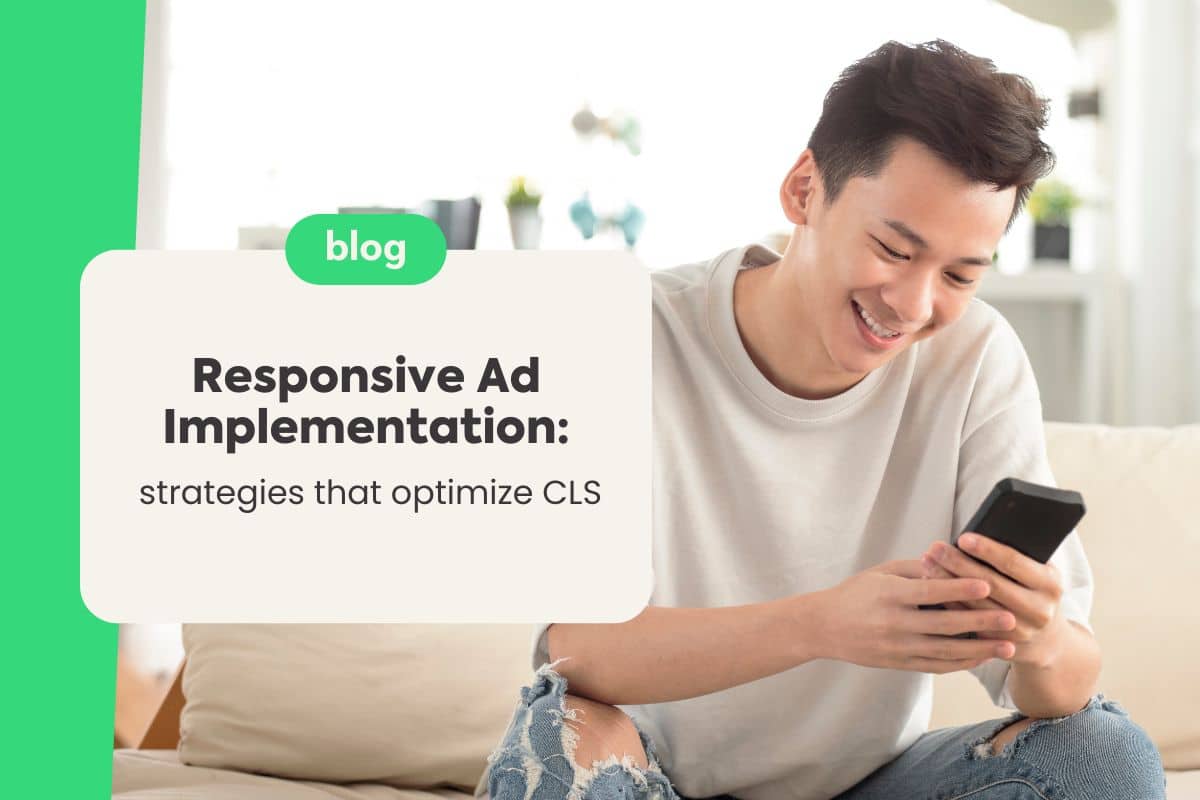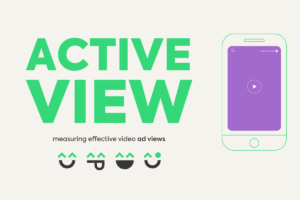In the implementation of online ads, optimizing the Cumulative Layout Shift (CLS) is crucial to ensure a good user experience. Well-implemented responsive ads minimize unexpected shifts in the layout of page elements, which are measured by CLS.
If these ads are poorly implemented, they can significantly increase the CLS, causing user frustration and potentially reducing site revenue due to a poor user experience. This scenario highlights the critical need for effective strategies in ad implementation that not only capture the audience’s attention but also preserve the integrity of the site layout.
Index
What is CLS and Why is it Important?
Cumulative Layout Shift (CLS) is a vital metric from Google’s Core Web Vitals that assesses the visual stability of a page as it loads. A high CLS indicates that elements on the page move abruptly during loading, which can confuse and frustrate users, and negatively impact the site’s performance in search results.
Fundamentals of Responsive Ads
Responsive ads are designed to automatically adjust to the screen size of the device, ensuring optimized viewing across a variety of platforms. Effectively implementing these ads requires a detailed understanding of the formats, sizes, and ad units appropriate for different device types and screen orientations.
Tools and Frameworks
Tools like Google AdSense and Ad Manager are essential for online ad implementation, while frameworks like Bootstrap and Foundation offer predefined structures that facilitate the creation of responsive designs, essential for adapting ads to different screen sizes.
Best Practices for Minimizing CLS in Ads
Asynchronous Loading
Asynchronous ad loading allows ads to load independently of the main page content, thus reducing interference and impacts on the Cumulative Layout Shift (CLS). This helps maintain the visual stability of the page during loading, improving the user experience.
Use of Placeholders
Using placeholders with defined dimensions before ad loading helps stabilize the page layout, preventing unexpected changes that impact the Cumulative Layout Shift (CLS). This ensures that the necessary space for the ad is already reserved, avoiding abrupt adjustments during page loading.
Advanced CLS Optimization for Responsive Ads
Advanced CLS optimization for responsive ads involves using tools like PageSpeed Insights and Lighthouse to analyze how ads impact the visual stability of pages. These analyses help identify and mitigate specific problems that contribute to a high CLS, allowing for precise adjustments to improve the user experience.
Preloading and Lazy Loading
Techniques such as preloading and progressive loading (lazy loading) of images are vital for improving page performance and reducing CLS. Preloading anticipates the loading of important content, while lazy loading delays the loading of non-essential items until they are needed, optimizing loading time and visual stability.
Additional Tools and Resources
Using analysis tools like PageSpeed Insights, Lighthouse, and GTmetrix, developers can assess how ads impact the visual stability of pages. These tools provide detailed insights into performance and are crucial for implementing consistent optimization practices, especially in libraries and CSS frameworks that facilitate the creation of responsive ads.
Conclusion
Effectively implementing responsive ads not only optimizes CLS but also enhances user experience and site performance in terms of SEO. For monetization solutions that respect UX and do not compromise your site’s optimization, contact Grumft, an AdTech specialist for website and app monetization. Our tags are carefully designed to complement and not hinder your site’s optimization.
This guide provides a detailed and comprehensive understanding of the fundamentals and advanced techniques that all publishers and web developers should consider to maximize the effectiveness of their online ads. Implementing these strategies not only improves the stability of the ads but also ensures a superior user experience, vital for success in today’s competitive digital environment.





